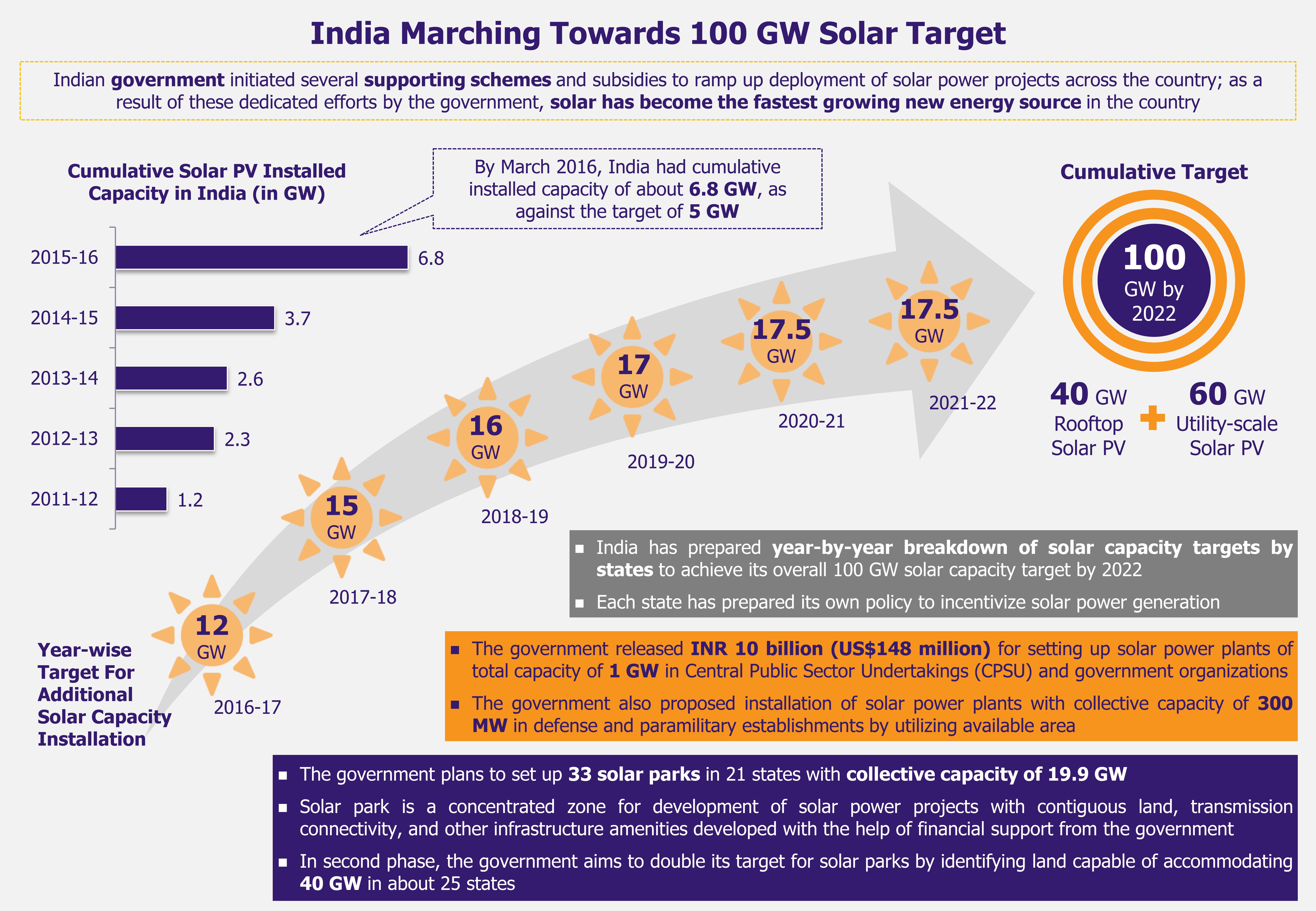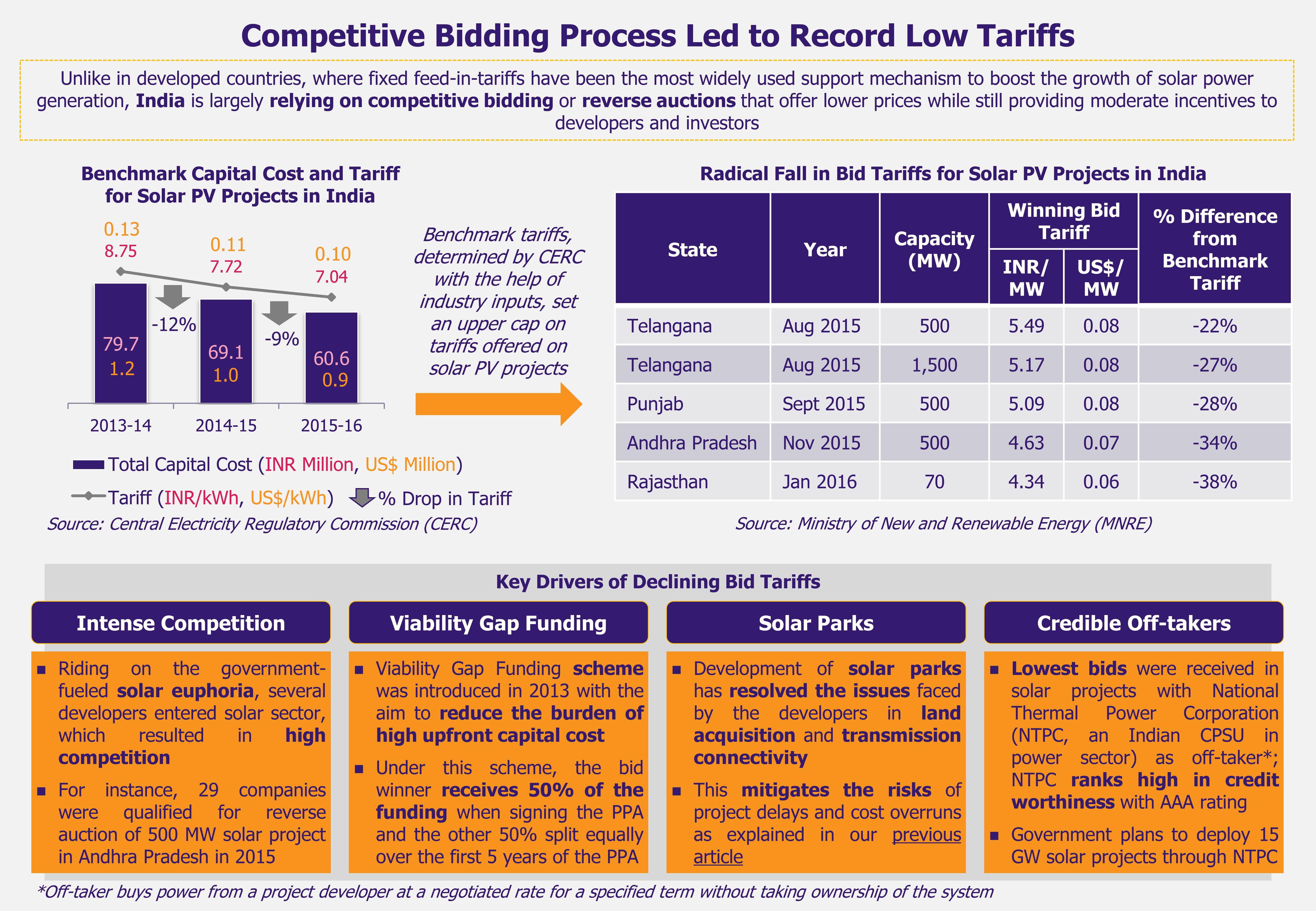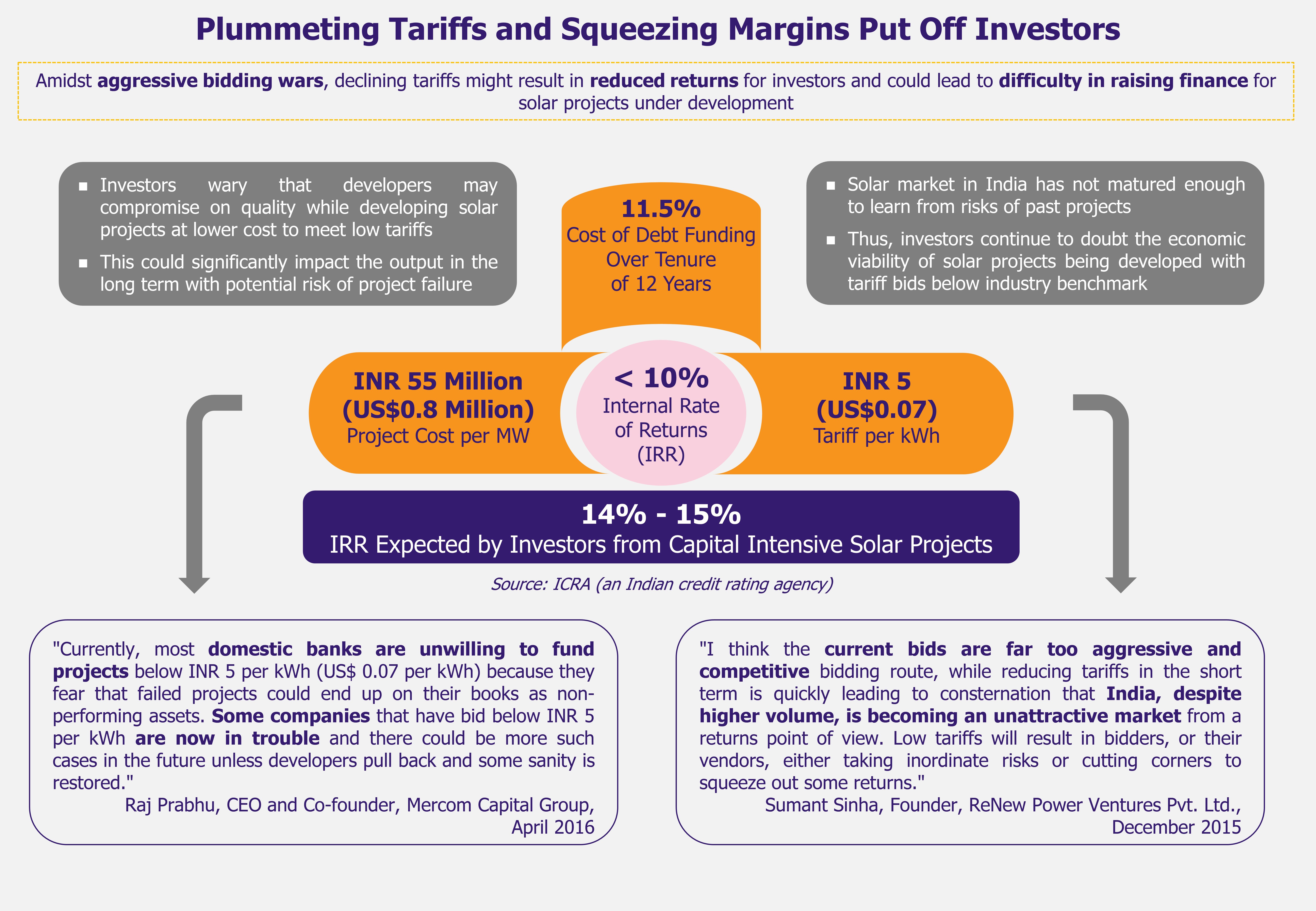The article was first published in Automotive World’s Q2 2016 Megatrends Magazine
—–
The increasing demand for fuel efficient, lighter, and safer vehicles is re-shaping the global automotive industry landscape. Significant pressure from regulators and customers is driving vehicle manufacturers to focus on design efficiencies using advanced technologies and materials. These factors have made vehicle material composition a vital part of every OEM’s overall manufacturing strategy.
Evolution of Material Composition over the Last Three Decades 
The ongoing evaluation of the vehicle materials performance as well as continuous enhancements in the material composition of vehicles have always been on the agenda for automakers as vehicle weight has direct implications on driving dynamics and fuel consumption.
Due to the changing industry dynamics, automakers face growing pressure to develop lightweight vehicles that would on the one hand ensure lower environmental impact, and on the other hand provide safety and desired performance. This has led the material composition of passenger vehicles to evolve constantly over the past three decades.
In recent years, the increased regulatory and user pressure on auto manufacturers and materials suppliers to discover better and lighter materials has resulted in an increased use of plastics, with the declining role of metals in vehicle manufacturing (though metals are expected to still account for more than half (55%) of the vehicle materials composition in 2020).
Key Drivers of Material Composition Evolution
 Regulatory Reforms
Regulatory Reforms
Stringent CO2 reforms such as corporate average fuel economy (CAFE) in the USA as well as EU CO2 emission targets for 2021 are forcing OEMs to make their vehicles more energy efficient.
These reforms have fueled R&D efforts as well as investments in vehicle lightweighting. According to Ducker Worldwide, a US-based research and consulting firm, by 2025, an average vehicle in the USA will have to reduce approximately 181kg of its total weight to achieve an average fuel economy that enables passenger vehicles to drive at least 54.5 miles per gallon of fuel. Clearly, as lightweight materials are a significant factor in meeting these rigorous regulations, OEMs are re-thinking their vehicle material composition.
In the coming years, one can expect the material composition to evolve further as these compliance deadlines approach nearer and OEMs begin to feel the pressure of monetary penalties for non-compliance. For example, in Europe, OEMs will have to pay at least €95 for every gram of CO2 above the set limit (95g) multiplied by total cars sold in 2020. This could translate to approximately €1 billion for Volkswagen and €300 million for Hyundai in penalties as per estimates by PA Consulting.
New Market Entrants
The entry of new players, such as Tesla and the Silicon Valley 3D printing start-up Divergent Microfactories, is transforming traditional vehicle manufacturing processes and technologies. By leveraging new materials and technologies, these companies have developed new vehicle models that offer better design and performance. This is encouraging traditional players in the industry to learn and adapt their designs and material composition choices in their upcoming vehicle models to can help them to achieve better design and fuel efficiencies.
Consumer Demands and Expectations
Over the years, consumers’ demands with regards to their cars have changed considerably, with expectations of improved fuel economy, safety, as well as driving experience through technology and functionality enhancements. These factors have driven the R&D, design, and material teams in the industry to innovate to satisfy the evolving consumer demands. As the tech-savvy consumers of ‘Generation Z’ (born post 1995) and the generations after ‘Z’ are surely going to be more demanding, one can expect the passenger vehicles to continue on the innovation path, which is likely to also consist of more advanced grades of plastics and composites as materials used for construction of these vehicles.
Technology Advancements
Improvements in materials as well as production technologies in the automotive sector have come on in leaps and bounds in the last 20 years. According to ArcelorMittal, a multinational steel manufacturing corporation, only five grades of steel were available to the automotive industry in 1960, while today, the industry has more than 175 grades of steel at its disposal for design optimisation. The current grades of steel, such as advanced high strength steel (AHSS) and ultra high-strength steel (UHSS) are much stronger, lighter, and processing friendly for various vehicle manufacturing applications.
The emergence of 3D printing, new design, testing, and processing tools is transforming automobile engineering. By leveraging technology and advanced manufacturing techniques, along with the strategic use of various materials, auto engineers today are designing body-in-white (BIW) structures that are far lighter than the ones in 1990s.
Current Trends in Material Composition
There is no single approach to material composition that applies across each passenger vehicle segment. In fact, material composition choices vary across regions, OEMs, vehicle type, manufacturing volumes, and target customer segment. For example, a pick-up truck in the USA uses far more aluminum than similar truck in Europe (138kg versus 59kg), while OEMs in Europe use more aluminum in their premium car segment than their US counterparts. At present, BIW material composition of an average passenger vehicle consists of a mix of various grades of steel, aluminum, iron, and plastics, while at the upper end of the market, the use of carbon fiber and composites is more prevalent.

While there has been a lot of talk about rapid uptake of advanced composites in vehicle production, integration of these materials creates significant challenges in designing, simulation, and parts processing. Besides these challenges, the industry still lacks good understanding of these materials at the engineering level for vehicle manufacturing applications. Current barriers range across issues in forming, joining, and corrosion, paired by high cost and limited supply of such materials. Therefore, the use of composites, especially in mainstream structural components, will remain very limited in the near future.
OEMs are also exploring nanomaterials and nanotechnology that can provide OEMs with better weight-to-strength ratios and help them with vehicle lightweighting. In addition, companies are looking into other advanced metals such as titanium and nickel-based alloys that offers high strength, low density, and superior resistance to corrosion and oxidation, thus make them ideal for use in vehicle manufacturing applications. However, these research projects are still in nascent stages with most of them in laboratory testing phases.
The Future of Material Mix
For OEMs, any material switch requires significant investments in R&D, production processes and equipment, repair infrastructure, securing material supply, staff training, etc. Many OEMs have already made significant investments in their existing production infrastructure that supports steel. Amid the current global economic environment and cost pressures that majority of automakers face, they are likely to refrain from making new capital investments. Therefore, steel is expected to continue its dominance in the near future due to its cost effectiveness and design flexibilities. Further, due to the consumers’ limited willingness to pay for weight reduction, the uptake of advanced lightweight materials will remain limited within the mass market segments of passenger vehicles.
Steel and aluminum are expected to be the two key materials that OEMs will use for their BIW components over the next four to five years. According to some industry players such as Jaguar Land Rover and Kaiser Aluminum, between 2016 and 2020, the use of aluminum in overall material composition is going to surge. According to Doug Richman, Vice President of Engineering and Technology, Kaiser Aluminum, the average vehicle in USA and Europe will constitute of 14% aluminum (kerb weight) by 2025, up from around 10% at present. This is primarily due to the fact that advancements in steel processing have nearly reached the tipping point that limits further massive weight savings. Additionally, aluminum is the easiest switch for the vehicle production line, compared to plastics, magnesium, and carbon fiber.
The pressure to change and improve the material composition to achieve regulatory compliance will work as a double-edged sword for OEMs. On the one hand, it will create opportunities for industry players to innovate by creating new designs using advanced materials and manufacturing techniques. This can help them to outperform their peers by enhancing their product and brand value proposition. On the other hand, integrating these materials will create more manufacturing challenges for OEMs and require them to pour more investments. This will not only lead to higher capex and opex, but it will directly impact their profit margins.
As vehicle design optimization remains the largest leverage available to vehicle manufacturers to satisfy regulatory compliance, there is no doubt that material composition will be an important part of every OEM’s fuel efficiency optimization strategy in the coming future. Going forward, automakers are likely to focus on component specific materials that will use different materials for different structural components. They will combine materials to take the best advantage of what each has to offer. Although the complexities at present are enormous, OEMs that will master the art of efficient manufacturing material mix will enjoy a huge competitive advantage.


















 Regulatory Reforms
Regulatory Reforms







